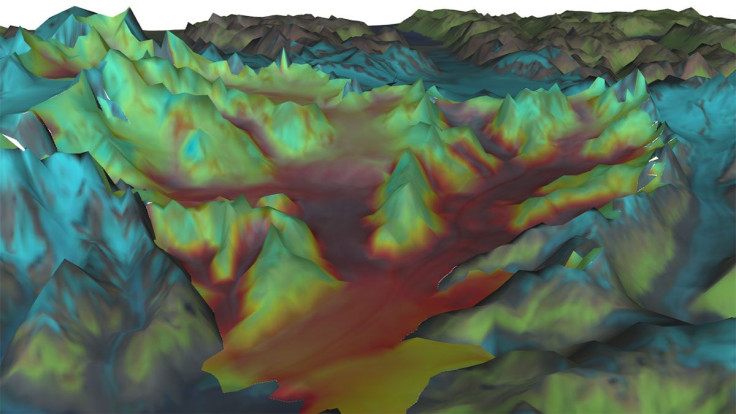NASA Simulations Show How Climate Change Will Impact Sea Levels

It’s hard to know exactly what the Earth will be like in the future due to a changing climate because it’s highly dependent on human activity and actions over the coming years. Climate models have a hard time making accurate predictions because some of the most important factors haven’t been determined yet.
In particular, the cryosphere, or the solid water on Earth’s surface, is difficult to predict. But a new sea level simulator from NASA allows users to control factors, as specific as individual glaciers, that contribute to sea level rise.
Usually, such simulators are only accessible to scientists and researchers studying climate change and sea level rise. NASA’s simulator, called the Virtual Earth System Laboratory, however, is available to anyone. The software, created during the last five years by scientists at the Jet Propulsion Laboratory, is hosted online so anyone with access to the internet can use it to learn about sea level rise.
Users can change one or two parameters for each model and scenario. Not only can the user utilize the simulator to control the melt rate of the ice sheets in Antarctica or Greenland, in another simulation they can also use the sliders provided to control snowfall on a glacier. The different actions available help users see what is possible in the future.
Users have to examine each model separately, they aren’t all combined and they don’t all offer the same factors to adjust. For example, the simulation for the Haig Glacier in Canada shows the behavior of the glacier over a period of 30 years and allows users to adjust the Surface Mass Balance of the glacier. This is the snowfall, surface, melt, runoff and forcings that can change the SMB of the glacier, according to NASA. Changing the SMB anomaly, meaning adding or taking away the surface mass and running the model, shows how the glacier would react over time to the change.
The site that hosts the simulations will be regularly updated with new information and findings that better the models so that users will be able to use the models to replicate findings.
"As we make progress, [the public] can rerun the science that we actually do," Eric Larour, who led the development of the project, said. "If anybody has concerns or finds issues with our simulation, they have the ability to replicate our results. We would welcome feedback and inputs to improve our science."
While the tool was originally designed solely for scientists, NASA decided to make it public when it realized the potential it had for increasing understanding around changes in the cryosphere and climate change.
© Copyright IBTimes 2024. All rights reserved.





















